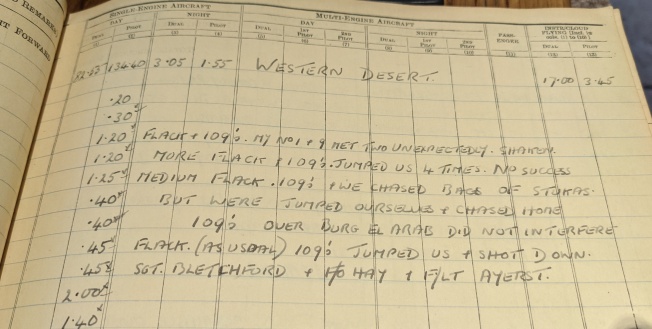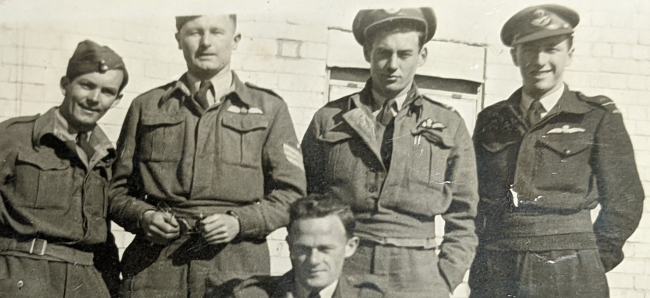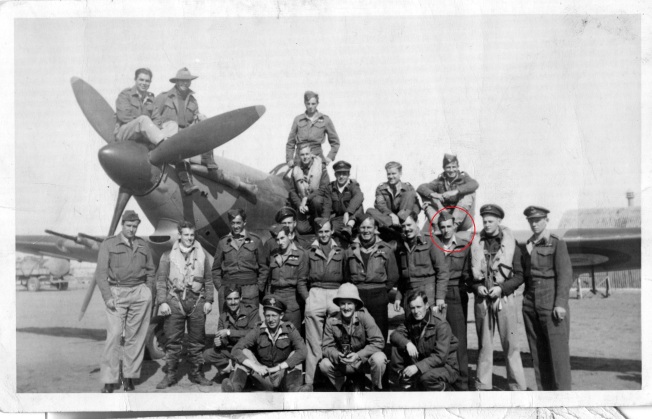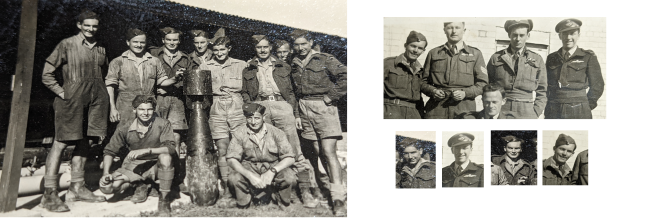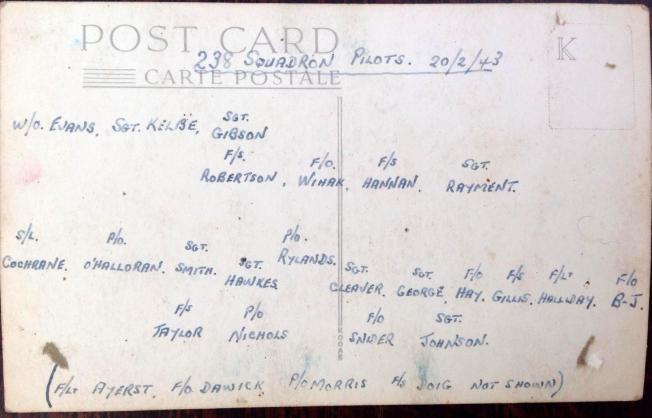Update 8 April 2023
Typo corrected. (instructor)
Updated 20 October 2022 with a comment seen in the comment section at the end…
The Type B headgear had been around since 1936 and was being replaced in the middle of the war, around 1943, with a more comfortable Type C Flying Helmet.
The original post
Someone commented a few minutes ago…
My neighbour does house clearances. He has come across a Type A flying helmet, that I believe was only issued in Malta. It has the name LG Batt written inside with W/O. I’m guessing this belonged to Leslie Gordon Batt who was a 238 Squadron pilot during The Battle of Britain. It would appear he refuelled in Malta in May 1941 en route to the Western Dessert. I’m guessing that’s where he picked up the helmet.
Would anyone have any other info/images?
Ken Smith
More Leslie Gordon Batt, if it’s him here …
http://www.bbm.org.uk/airmen/Batt.htm
The Airmen’s Stories – Sgt. L G Batt
Leslie Gordon Batt was born on 27th November 1916 and educated at Bablake School and Coventry Technical College. He was an engineering apprentice at Daimlers when he joined the RAFVR in April 1938 as an Airman u/t Pilot. He did his weekend flying at 9E&RFTS Ansty.
Called up on 1st September 1939, he was posted to 6 FTS Little Rissington and joined 253 Squadron at Kenley on 17th May 1940. He moved to 238 Squadron on the 21st.
On 21st July Batt shared a Do17, on 8th August he claimed a Me109 and five days later he made a forced-landing at Eartham in Hurricane P2989 after an attack by a Me109 south of the Isle of Wight.
Batt went to Egypt with 238 in May 1941 and remained with the squadron until December. In January 1942 he had his first long leave since May 1940, in Cairo, and in February he joined the Aircraft Delivery Unit there.
In August 1942 Batt was posted away and returned to the UK in November. He went to 55 OTU Annan as an instructor in early December 1942 and was commissioned from Warrant Officer in March 1943.
A return to operations came on 11th August 1943 when Batt was posted to 198 Squadron, flying Typhoons from Martlesham Heath.
He went for a course to 7 FIS Upavon on 24th November after which he was posted to 3 FTS Lulsgate on 29th June 1940 as an instructor of the instructors, remaining there until his release in 1945 as a Flight Lieutenant.
He then rejoined the RAFVR and served with them until 1959.
Batt’s portrait was made by Cuthbert Orde.
Batt died on 4th February 2004.









